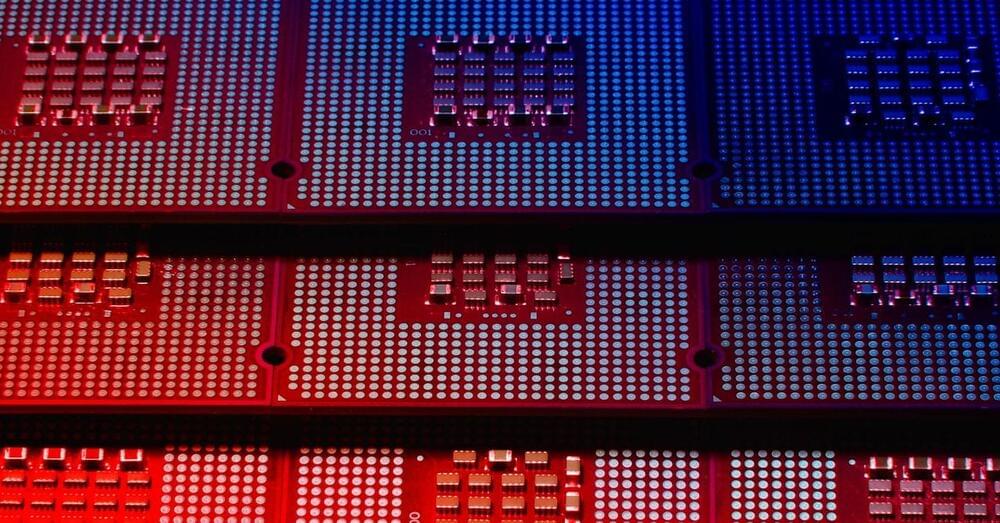The Japanese company Ispace could be the first to safely touch down on the moon’s surface, with more spacecraft following later this year.
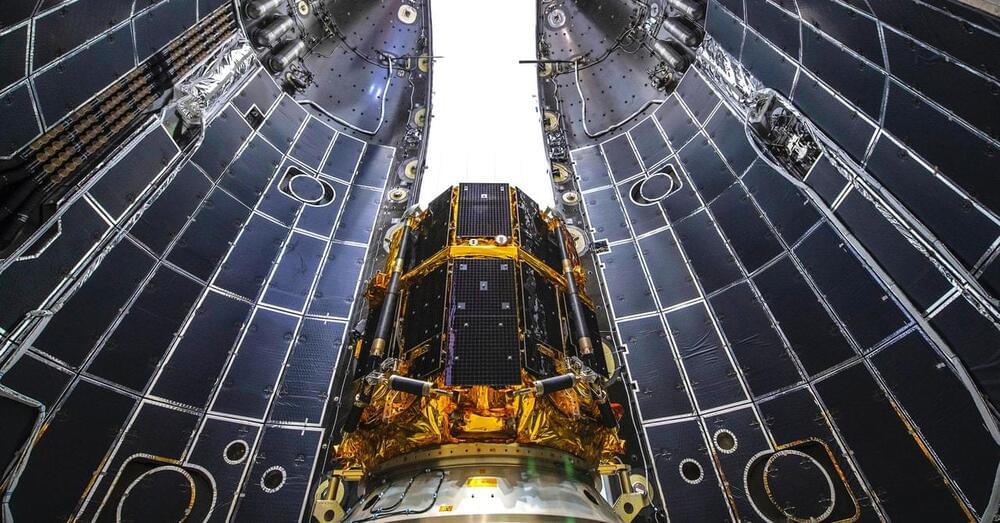

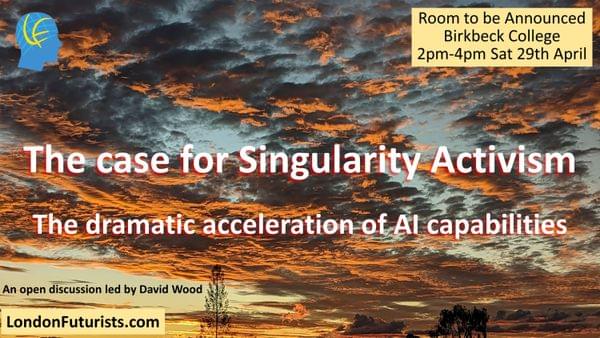
New AI systems released in 2023 demonstrate remarkable properties that have taken most observers by surprise. The potential both for positive AI outcomes and negative AI outcomes seems to have been accelerated. This leads to five responses:
1.) “Yawn” — AI has been overhyped before, and is being overhyped again now. Let’s keep our attention on more tangible issues.
2.) “Full speed ahead with more capabilities” — Let’s get to the wonderful positive outcomes of AI as soon as possible, sidestepping those small-minded would-be regulators who would stifle all the innovation out of the industry.
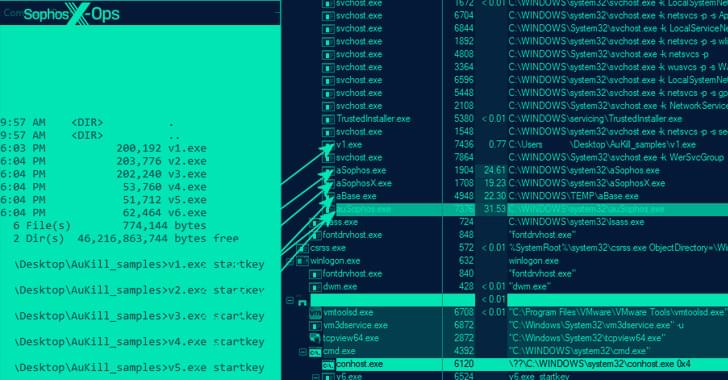
Play ransomware is notable for not only utilizing intermittent encryption to speed up the process, but also for the fact that it’s not operated on a ransomware-as-a-service (RaaS) model. Evidence gathered so far points to Balloonfly carrying out the ransomware attacks as well as developing the malware themselves.
Grixba and VSS Copying Tool are the latest in a long list of proprietary tools such as Exmatter, Exbyte, and PowerShell-based scripts that are used by ransomware actors to establish more control over their operations, while also adding extra layers of complexity to persist in compromised environments and evade detection.
Another technique increasingly adopted by financially-motivated groups is the use of the Go programming language to develop cross-platform malware and resist analysis and reverse engineering efforts.


A new “all-in-one” stealer malware named EvilExtractor (also spelled Evil Extractor) is being marketed for sale for other threat actors to steal data and files from Windows systems.
“It includes several modules that all work via an FTP service,” Fortinet FortiGuard Labs researcher Cara Lin said. “It also contains environment checking and Anti-VM functions. Its primary purpose seems to be to steal browser data and information from compromised endpoints and then upload it to the attacker’s FTP server.”
The network security company said it observed a surge in attacks spreading the malware in the wild in March 2023, with a majority of the victims located in Europe and the U.S. While marketed as an educational tool, EvilExtractor has been adopted by threat actors for use as an information stealer.

Type: departments.
careers.
Harvard.
Cybersecurity.
internet.
law.
Jonathan L. Zittrain wears many hats. An expert on the Internet, digital technology, law, and public policy, he regularly contributes to public discussions about what digital tech is doing to us and what we should do about it—most recently around the governance of AI and the incentives that shape major social media platforms.
He holds several roles, all at Harvard, reflecting his many converging interests. He is a professor of international law at Harvard Law School, a professor of public policy at its Kennedy School, and a professor of computer science at the university’s John A. Paulson School of Engineering and Applied Sciences. He’s also cofounder and faculty director of Harvard’s Berkman Klein Center for Internet & Society.
In his various capacities, he has been tackling many sticky cyberpolicy issues over the past 25 years.
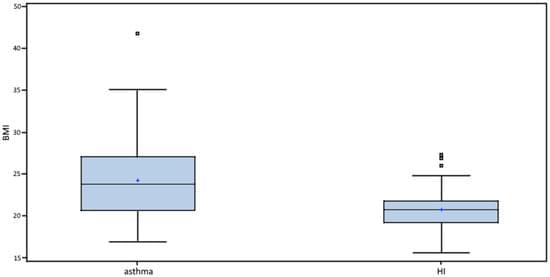
Introduction: Asthma as a chronic inflammatory disorder has been suggested as a risk factor for endothelial dysfunction (ED), but studies on the association between asthma and cardiovascular disease (CVD) risk are limited. Background: We assessed associations of ED with the severity of asthma, eosinophilic inflammation, lung function, and asthma control. Methods: 52 young asthmatics (median age of 25.22 years) and 45 healthy individuals were included. Demographic, clinical, and laboratory findings were recorded. We evaluated microvascular responsiveness by recording the reactive hyperemia index (RHI) indicating post-occlusive peripheral endothelium-dependent changes in vascular tone using the Itamar Medical EndoPAT2000. VCAM-1, ADMA, high-sensitive CRP (hsCRP), and E-selectin were measured. Results: Asthmatics had considerably lower RHI values (p < 0.001) with a dynamic decreasing trend by asthma severity and higher hsCRP levels (p < 0.001). A substantial increase in hsCRP and E-selectin with asthma severity (p < 0.05) was also observed. We confirmed a higher body mass index (BMI) in asthmatics (p < 0.001), especially in women and in severe asthma. Conclusions: We demonstrated the progression of CVD in asthmatics and the association of the ongoing deterioration of ED with the inflammatory severity, suggesting that the increased risk of CVD in young asthmatics is dependent on disease severity. The underlying mechanisms of risk factors for CVD and disease control require further study.
A video about the Webb telescope making it seem like there was no big bang. This is by Mikio Kaku.
We’ve always wondered about life out there. But what if we told you that the possibility of more lifeforms has become surer than ever? Six shocking galaxies have been discovered that defy all explanations. Join us as we discuss Michio Kaku breaking his silence on the James Webb telescope’s clearest image in history.
